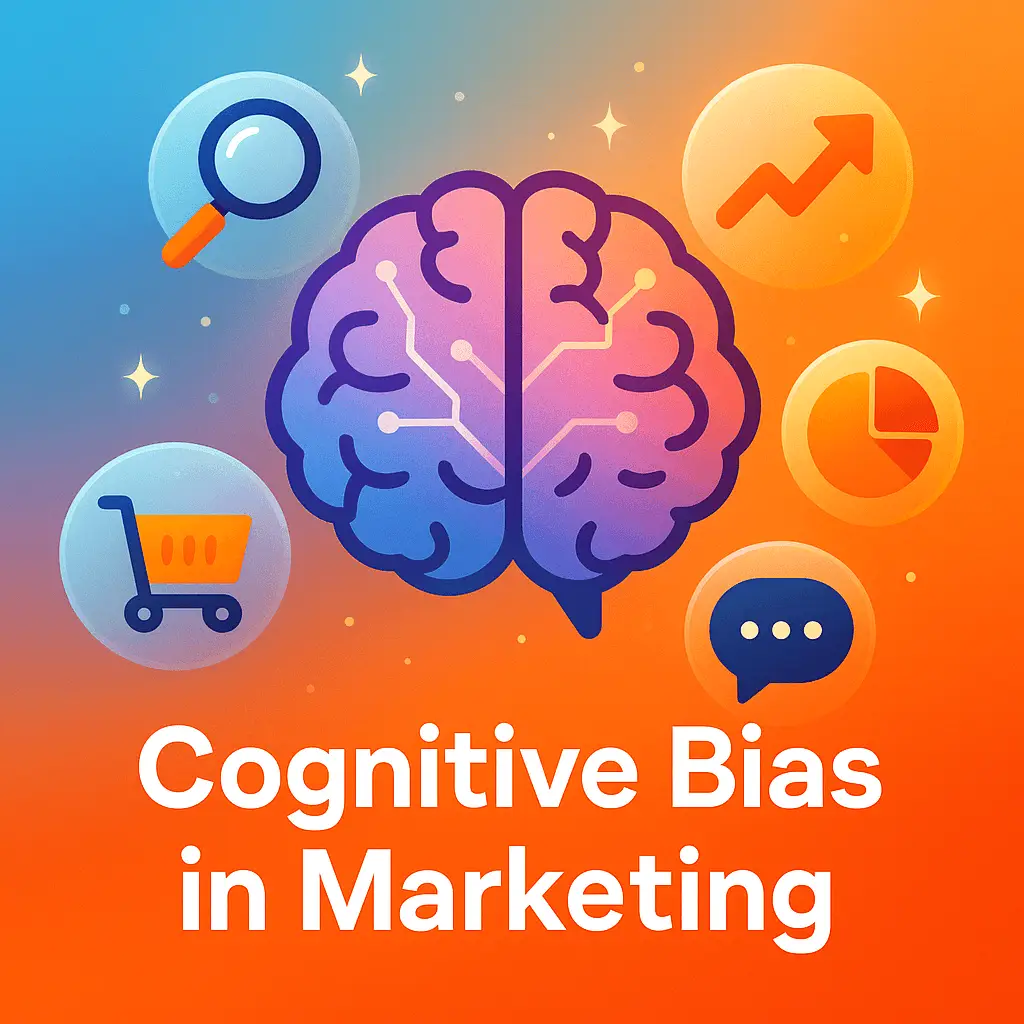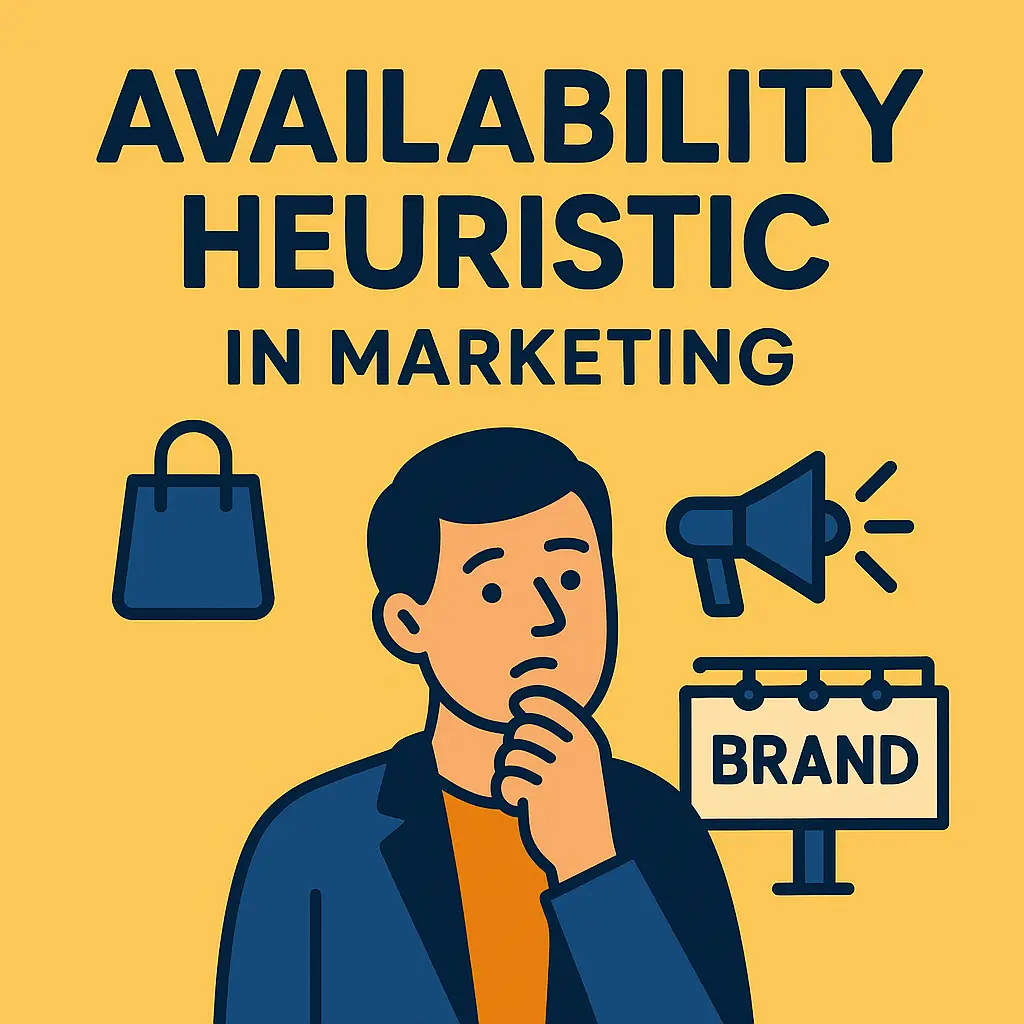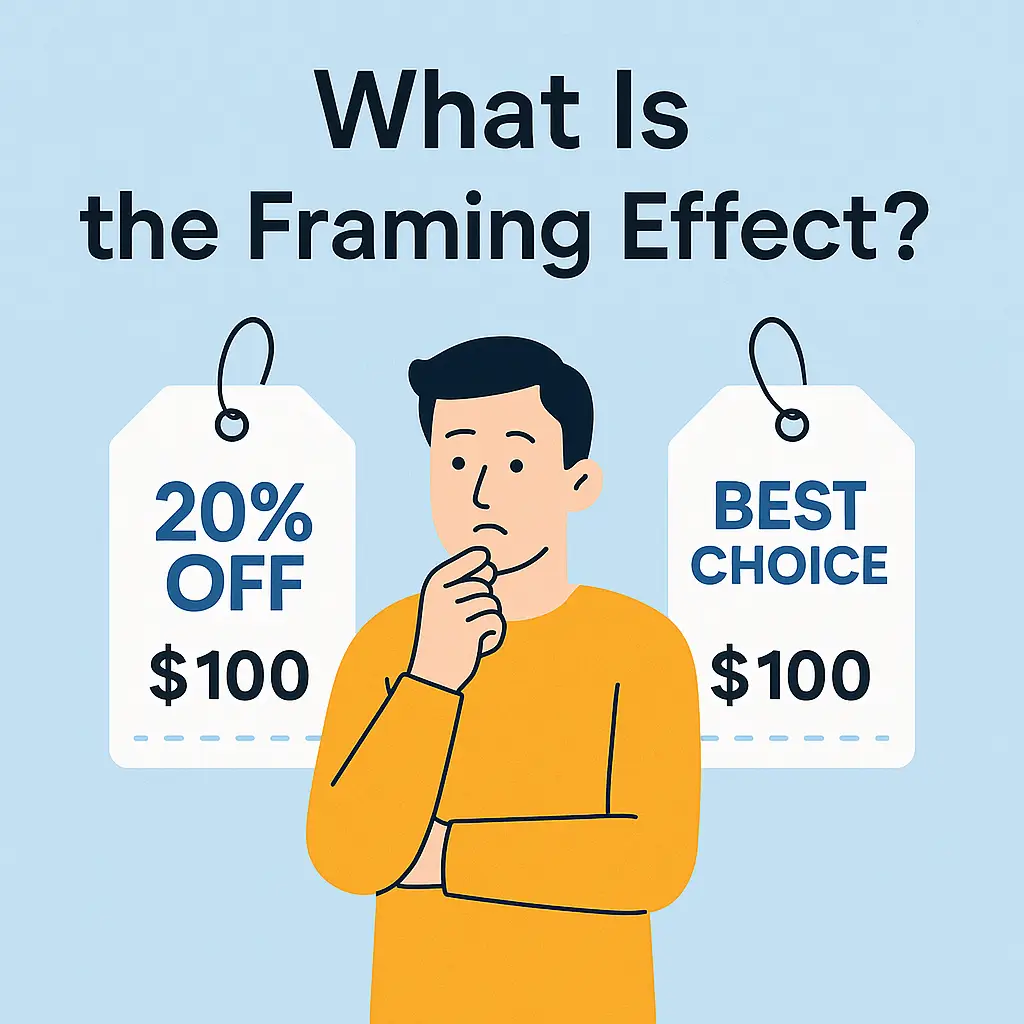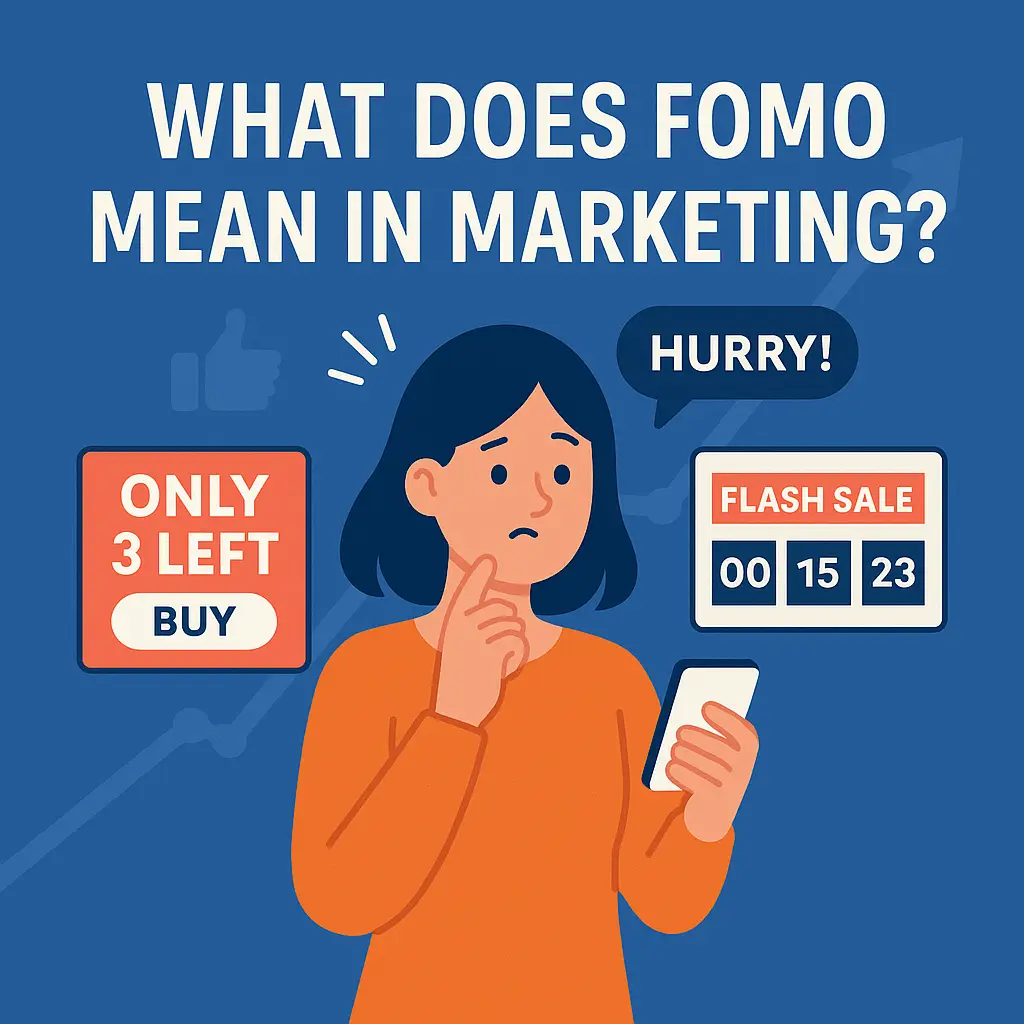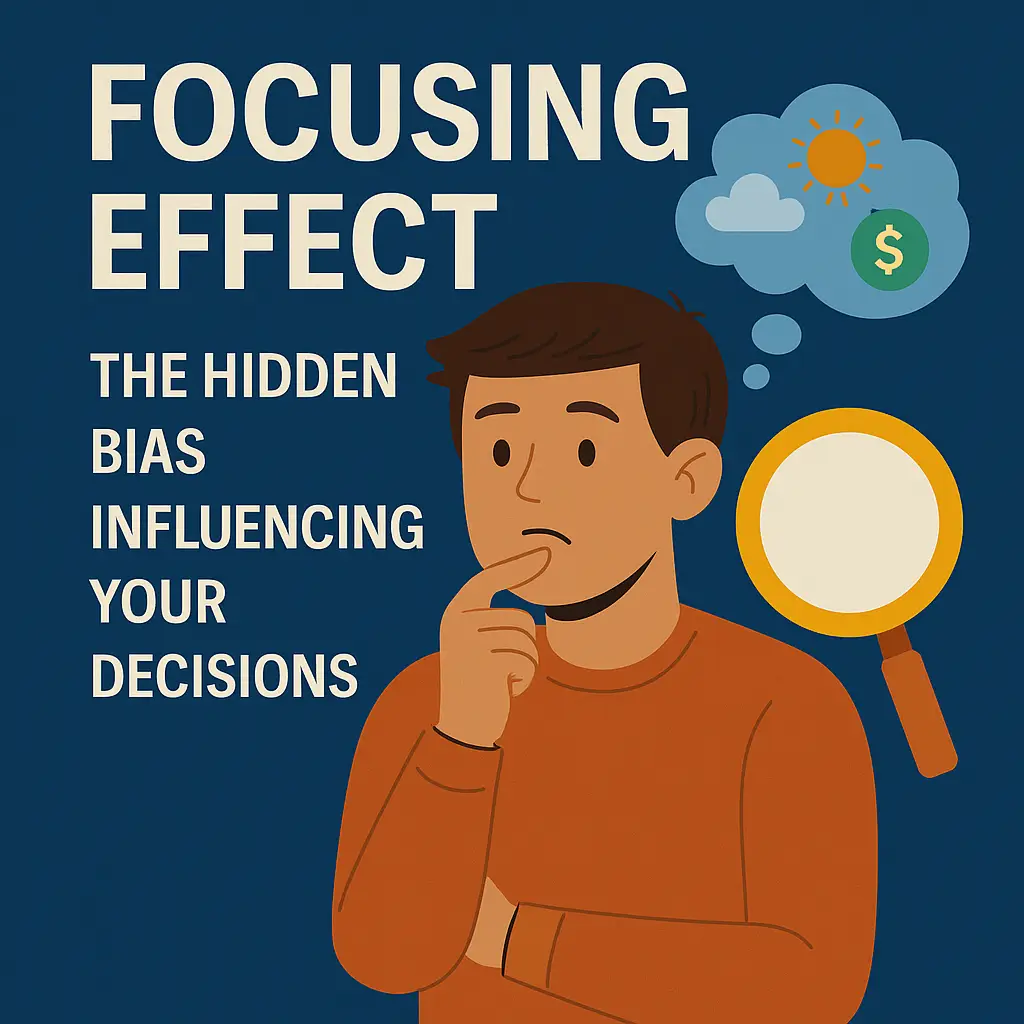What Is the Experience Economy? A Marketer’s Guide to Consumer Engagement
In today’s crowded market, where products are easily copied and services quickly become interchangeable, the real battleground for customer loyalty has shifted to something more intangible yet compelling: the experience. The so-called Experience Economy encourages marketers to stop just selling what a product is, and instead focus on what it means, emotionally, socially, and psychologically. […]
What Is the Experience Economy? A Marketer’s Guide to Consumer Engagement Read More »





